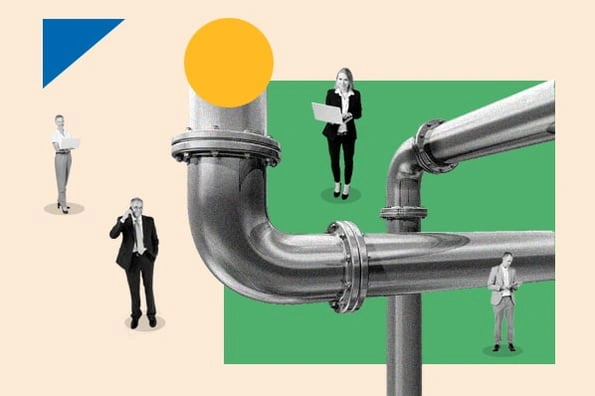![Purchase Order: What It Is & How to Create One [+ Template]](https://knowledge.hubspot.com/hubfs/ft-po-in-business.webp)
Sales Pipeline Stages: A Visual Guide
Written by:
Emma Brudner
.png?width=112&height=112&name=Sales%20Conversion%20and%20Close%20Rate%20Calculator%2001-300%20(1).png)
FREE SALES CLOSE RATE CALCULATOR
Easily calculate drop-off rates and learn how to increase conversion and close rates.
Download the Free Template
Updated:
Published:
Related Articles
-
![Purchase Order: What It Is & How to Create One [+ Template]](https://knowledge.hubspot.com/hubfs/ft-po-in-business.webp)
-

How Pipeline Meetings Can Be a Coaching Opportunity — Tips for Leveling Up Your Team
-
![5 Reasons Why Sales Teams Miss Revenue Targets [+ How to Meet Them]](https://knowledge.hubspot.com/hubfs/revenue-targets-1-20250224-8507178.webp)
5 Reasons Why Sales Teams Miss Revenue Targets [+ How to Meet Them]
-

Sales Orders: What They Are Compared to POs & Invoices
-

How to Generate More B2B Leads for Your Sales Team — Plus Expert Tips and New Data
-

Purchase Order Financing 101: Pros, Cons, and How It Works
-

Gross Sales vs. Net Sales: The Difference and Why You Should Know It
-

The Sales Revenue Formula: How to Use It and Why It Matters
-

Sales Pipelines: A Comprehensive Guide for Sales Leaders and Reps
-

Pipeline Management Training 101 — Everything You Need to Know
